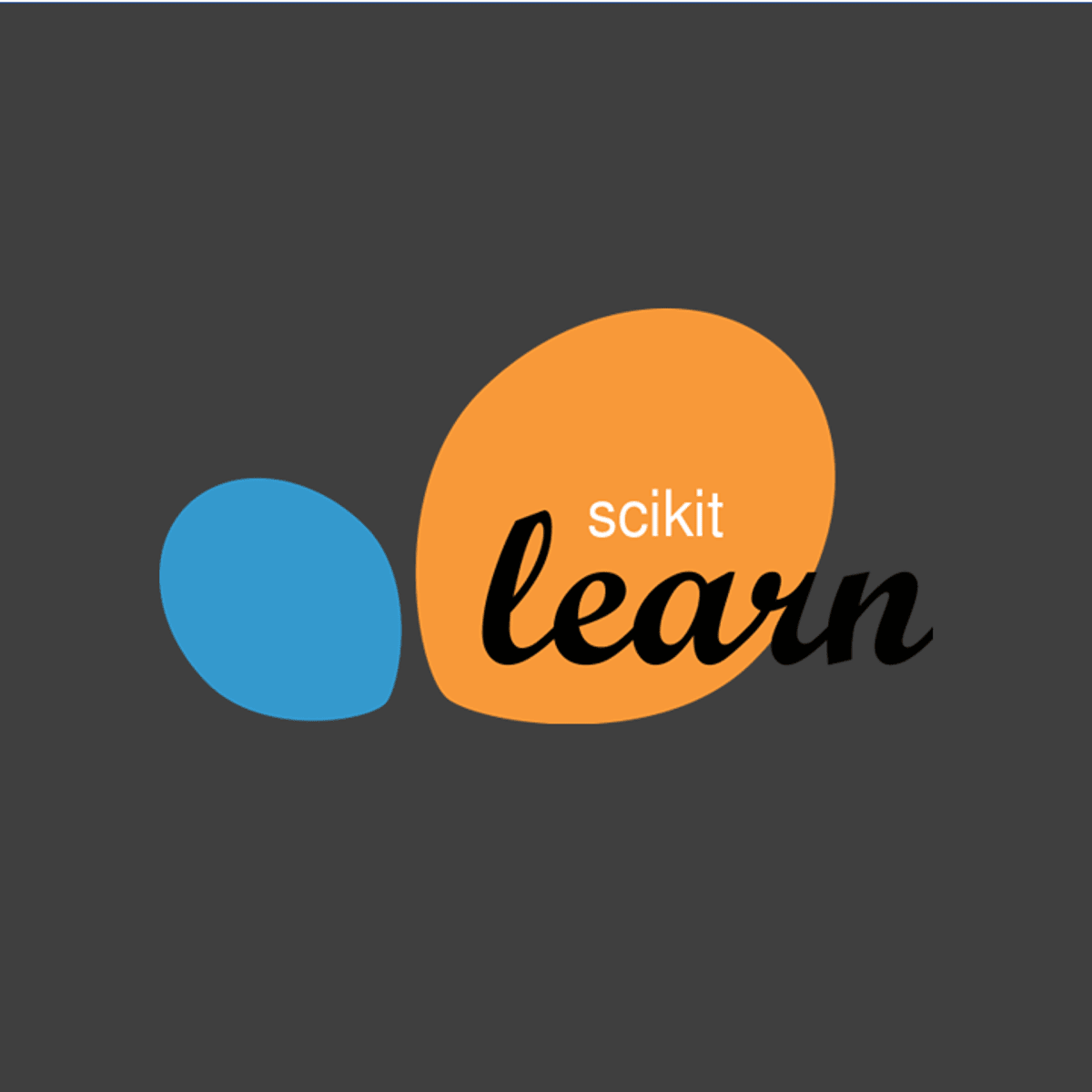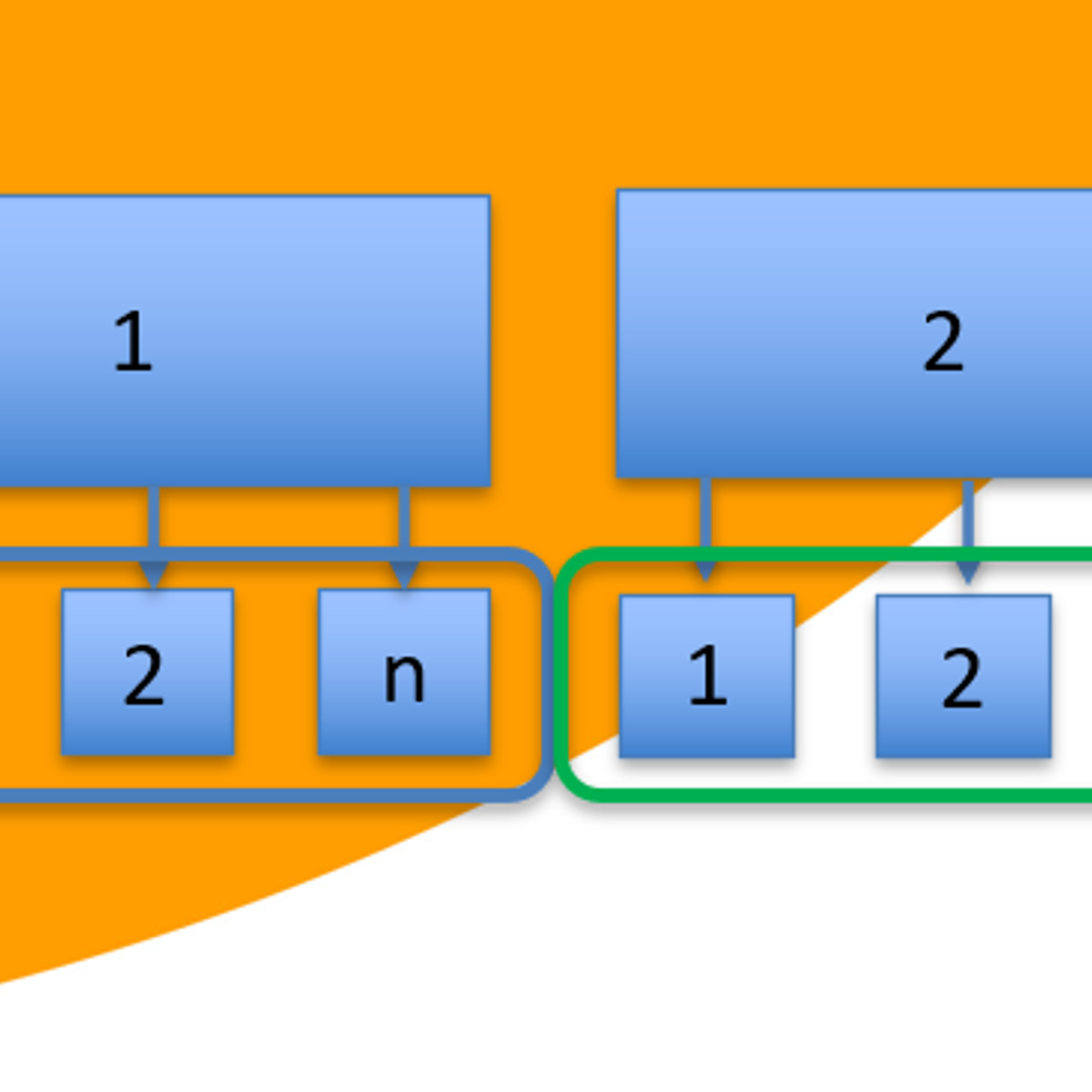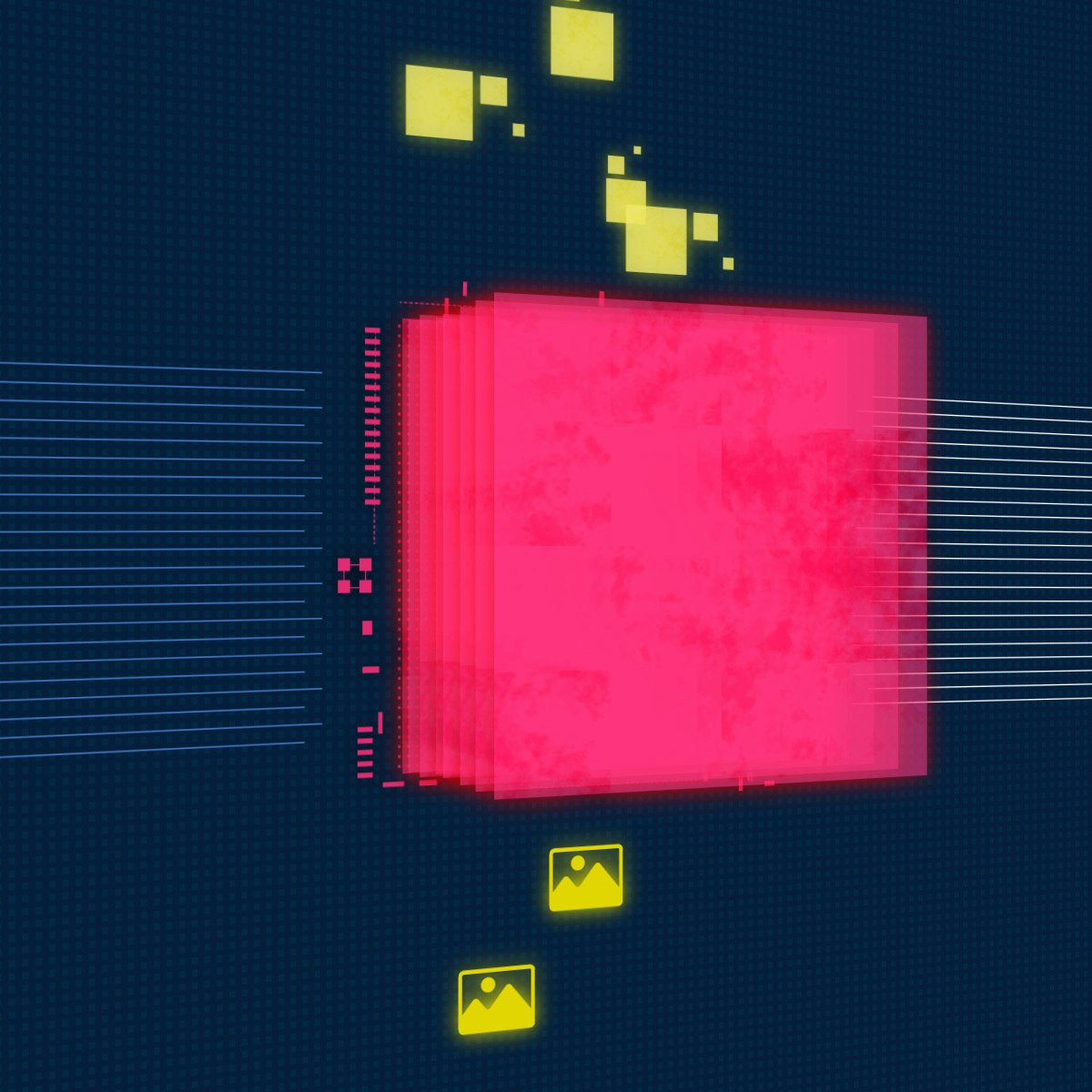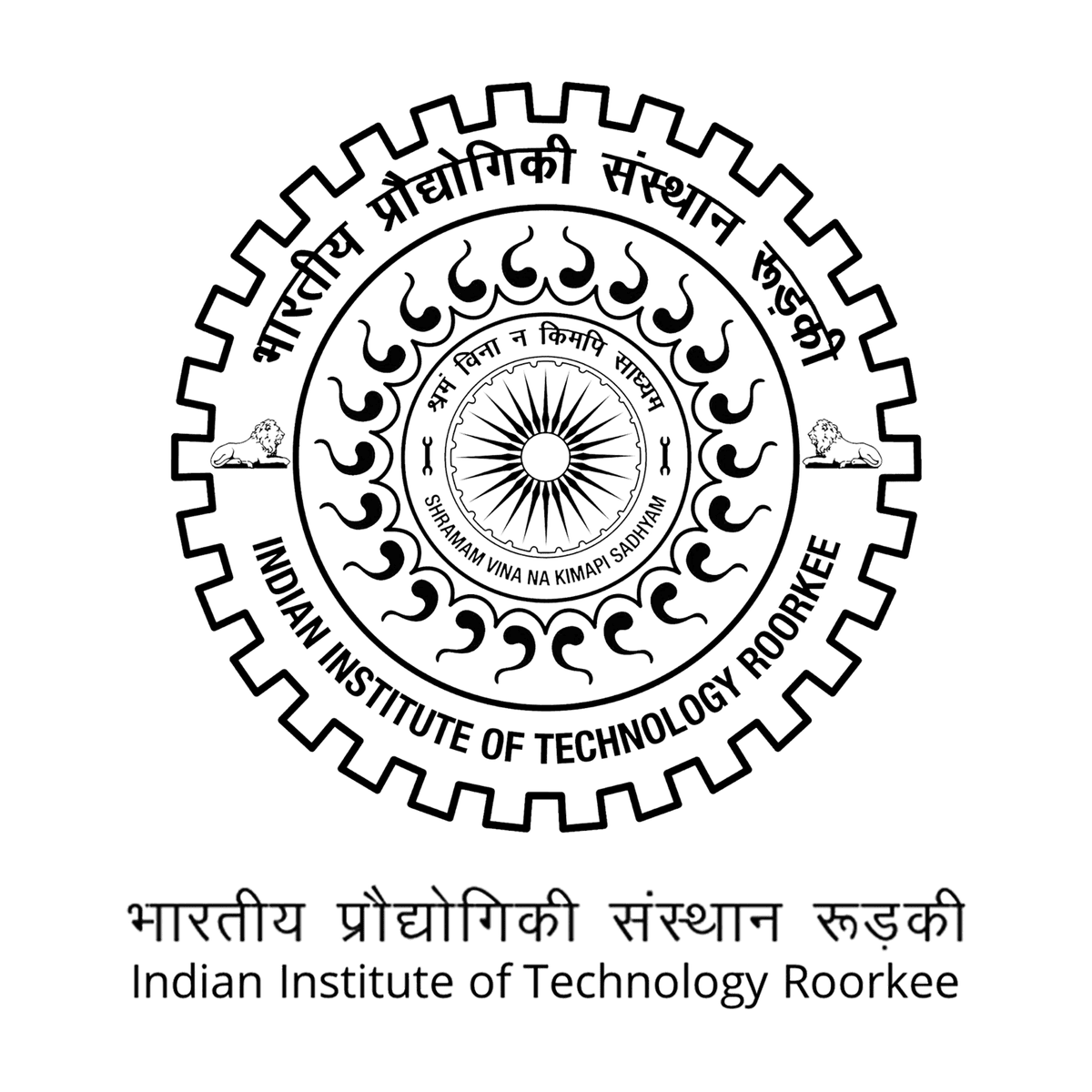Back to Courses









Data Science Courses - Page 27
Showing results 261-270 of 1407

Python for Data Visualization: Matplotlib & Seaborn
In this hands-on project, we will understand the fundamentals of data visualization with Python and leverage the power of two important python libraries known as Matplotlib and seaborn. We will learn how to generate line plots, scatterplots, histograms, distribution plot, 3D plots, pie charts, pair plots, countplots and many more!
Note: This course works best for learners who are based in the North America region. We’re currently working on providing the same experience in other regions.

Scikit-Learn For Machine Learning Classification Problems
Hello everyone and welcome to this new hands-on project on Scikit-Learn Library for solving machine learning classification problems. In this project, we will learn how to build and train classifier models using Scikit-Learn library. Scikit-learn is a free machine learning library developed for python. Scikit-learn offers several algorithms for classification, regression, and clustering. Several famous machine learning models are included such as support vector machines, random forests, gradient boosting, and k-means.

Multilevel Modeling
In this course, PhD candidates will get an introduction into the theory of multilevel modelling, focusing on two level multilevel models with a 'continuous' response variable. In addition, participants will learn how to run basic two-level model in R.
The objective of this course is to get participants acquainted with multilevel models. These models are often used for the analysis of ‘hierarchical’ data, in which observations are nested within higher level units (e.g. repeated measures nested within individuals, or pupils nested within schools). In this type of data causes of outcomes (e.g. the performance of pupils in schools) are located both at the level of the individual (e.g., own and parental resources), and at a higher, contextual, level shared by some of the individuals (e.g. characteristics of the class and of the teacher). Because of this, the assumption of 'independent observations' is violated with hierarchical data, but multilevel modelling can easily account for that. Moreover, multilevel modelling can easily deal with missing data (in most circumstances).
This course is designed and presented by Dr. Joran Jongerling on behalf of the Erasmus Graduate School of Social Sciences and the Humanities (EGSH, www.egsh.eur.nl) of the Erasmus University Rotterdam in the Netherlands. Should you have any questions about the organization or contents of the course, please send us an email at contact@egsh.eur.nl.

Getting started with TensorFlow 2
Welcome to this course on Getting started with TensorFlow 2!
In this course you will learn a complete end-to-end workflow for developing deep learning models with Tensorflow, from building, training, evaluating and predicting with models using the Sequential API, validating your models and including regularisation, implementing callbacks, and saving and loading models.
You will put concepts that you learn about into practice straight away in practical, hands-on coding tutorials, which you will be guided through by a graduate teaching assistant. In addition there is a series of automatically graded programming assignments for you to consolidate your skills.
At the end of the course, you will bring many of the concepts together in a Capstone Project, where you will develop an image classifier deep learning model from scratch.
Tensorflow is an open source machine library, and is one of the most widely used frameworks for deep learning. The release of Tensorflow 2 marks a step change in the product development, with a central focus on ease of use for all users, from beginner to advanced level. This course is intended for both users who are completely new to Tensorflow, as well as users with experience in Tensorflow 1.x.
The prerequisite knowledge required in order to be successful in this course is proficiency in the python programming language, (this course uses python 3), knowledge of general machine learning concepts (such as overfitting/underfitting, supervised learning tasks, validation, regularisation and model selection), and a working knowledge of the field of deep learning, including typical model architectures (MLP/feedforward and convolutional neural networks), activation functions, output layers, and optimisation.

Quantitative Text Analysis and Scaling in R
By the end of this project, you will learn about the concept of document scaling in textual analysis in R. You will know how to load and pre-process a data set of text documents by converting the data set into a corpus and document feature matrix. You will know how to run an unsupervised document scaling model and explore and plot the scaling outcome.

Portfolio Diversification using Correlation Matrix
By the end of the project, you will be able to apply correlation matrix in portfolio diversification.
ATTENTION: To take this course, it is required that you are familiar basic financial risk management concepts. You can gain them by taking the guided project Compare Stock Returns with Google Sheets.
Note: This course works best for learners who are based in the North America region. We're currently working on providing the same experience in other regions.
This course's content is not intended to be investment advice and does not constitute an offer to perform any operations in the regulated or unregulated financial market

Web of Data
This MOOC – a joint initiative between EIT Digital, Université de Nice Sophia-Antipolis / Université Côte d'Azur, and INRIA - introduces the Linked Data standards and principles that provide the foundation of the Semantic web. You will learn how to publish, obtain and use structured data directly from the Web. Learning the principles, languages, and standards to exchange data on the Web will enable you to design and produce new applications, products, and services that leverage the volume and variety of data the Web holds.
We divided this course into four parts that cover the core technical skills and competencies you need to master to be able to use the Web as a space for giant structure data exchange:
• in the first part, “Principals of a Web of Linked Data”: you will learn and practice the principles to publish and obtain data directly on the Web instead of Web pages;
• in the second part, “The RDF Data Model”: you will learn the standard data model for the Web and its syntaxes to publish and link data on the Web in your applications and services;
• in the third part, “SPARQL Query Language”: you will learn how to directly query and access data sources on the Web and obtain structured data relevant to your activity and domain;
• in the fourth and final part, “Integration of other Data Formats and Sources”: you will learn how the Web standards interact and interoperate with other data formats to allow the integration of a variety of data sources.
Each week alternates short videos and quizzes, as well as supplementary resources and forums to gradually progress through the different principles and standards.
After following this course successfully, you will have the skills to obtain focused and structured datasets from the Web that you can then use to augment your own datasets, enrich their dimensions, feed your applications, perform data mining, machine learning, and training, data analysis, AI processing and reasoning and other data management.

Operations Analytics
This course is designed to impact the way you think about transforming data into better decisions. Recent extraordinary improvements in data-collecting technologies have changed the way firms make informed and effective business decisions. The course on operations analytics, taught by three of Wharton’s leading experts, focuses on how the data can be used to profitably match supply with demand in various business settings. In this course, you will learn how to model future demand uncertainties, how to predict the outcomes of competing policy choices and how to choose the best course of action in the face of risk. The course will introduce frameworks and ideas that provide insights into a spectrum of real-world business challenges, will teach you methods and software available for tackling these challenges quantitatively as well as the issues involved in gathering the relevant data.
This course is appropriate for beginners and business professionals with no prior analytics experience.

Cloud Filestore: Qwik Start
This is a self-paced lab that takes place in the Google Cloud console. Cloud Filestore is a managed file storage service for applications that require a filesystem interface and a shared filesystem for data. Filestore gives users a simple, native experience for standing up managed Network Attached Storage (NAS) with their Google Compute Engine and Kubernetes Engine instances.

Linear Algebra Basics
Machine learning and data science are the most popular topics of research nowadays. They are applied in all the areas of engineering and sciences. Various machine learning tools provide a data-driven solution to various real-life problems. Basic knowledge of linear algebra is necessary to develop new algorithms for machine learning and data science. In this course, you will learn about the mathematical concepts related to linear algebra, which include vector spaces, subspaces, linear span, basis, and dimension. It also covers linear transformation, rank and nullity of a linear transformation, eigenvalues, eigenvectors, and diagonalization of matrices. The concepts of singular value decomposition, inner product space, and norm of vectors and matrices further enrich the course contents.
Popular Internships and Jobs by Categories
Find Jobs & Internships
Browse
© 2024 BoostGrad | All rights reserved